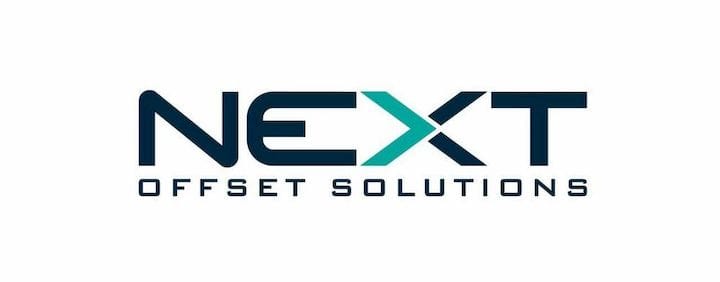![Next Offset Solutions, a specialist in certain forms of 3D printing [Source: Next Offset Solutions]](https://fabbaloo.com/wp-content/uploads/2020/05/image-asset_img_5eb09f205507c.jpg)
Recently we’ve seen several new companies emerge whose purpose it is to leverage 3D printing technology.
One that’s caught our attention is Next Offset Solutions, an offshoot of Purdue. Their speciality is the 3D printing of explosive materials and related matters. They explain:
“Next Offset Solutions Inc. is an engineering and technical services provider with prototype and limited-run production capacity. The company’s core focus area lies at the nexus of additive manufacturing and energetic materials (encompassing propellants, pyrotechnics, and explosives) making it well suited to address emergent technical challenges that arise in the national security, defense, and energy sectors.”
What does that mean? They’re 3D printing rockets!
This includes rocket nozzles, igniters and even the rocket propellant itself. We’ve previously discussed the idea of 3D printing in rocketry, here, here and most recently here.
It’s quite an important application in this area because of the unique ability of 3D printing to reliably produce previously-impossible structures that can, for example:
-
Significantly reduce weight of rocket engines
-
Massively reduce the number of parts required
-
Increase the reliability of rocket systems
-
Enable variable thrust profiles of solid fuel rockets
These are exactly the applications apparently being pursued by Next Offset Solutions. Their recent projects include:
-
Energetic printing nozzle (specialized device for printing “interesting” materials)
-
Printed AP-HTPB propellant
-
Tunable reactions
-
Reactive filament printing
-
Structural energetics
-
Piezoelectric inkjet printing of energetic materials
It seems there are a number of highly useful ways for 3D printing to be leveraged in rocketry applications. It also seems quite natural for there to be a company like Next Offset Solutions dedicated to helping firms acquire that leverage, as it surely requires skills and experience to do so.
Here’s the point: this is now a natural thing to do. A few years ago this would not have been a normal thing to see.
Years ago we would typically have seen “3D printing” companies that were quite generalist and would take on any incoming request. They’d do their best, which was often with better results simply due to the initial application of 3D printing technology.
But now things are becoming a bit different.
I believe, and as evidenced by the existence of Next Offset Solutions, that 3D printing has become sufficiently mature that there are now pockets of deep expertise in 3D printing applications. These deep pockets are significant enough that there is a justification, financial and technical, to allow for such specialized companies to exist. And thrive.
These specialized companies, particularly if they are the first in their field, could scoop up a huge amount of business, as firms in their served industry will be ripe for new approaches. The easiest applications will be the low-hanging fruit as industries transform from current approaches to a 3D printed future.
While this story is about a rocketry specialist, the same pattern will likely hold for other industries as well. One other we’ve also seen recently is San Francisco-based Ivaldi Group, who specialize in marine applications. But which industries will be next for specialization? Bioprinting? Furniture? Construction? Cuisine?











Healthcare 3D printing attempts to solve two problems that plague providing care: customization and cost.